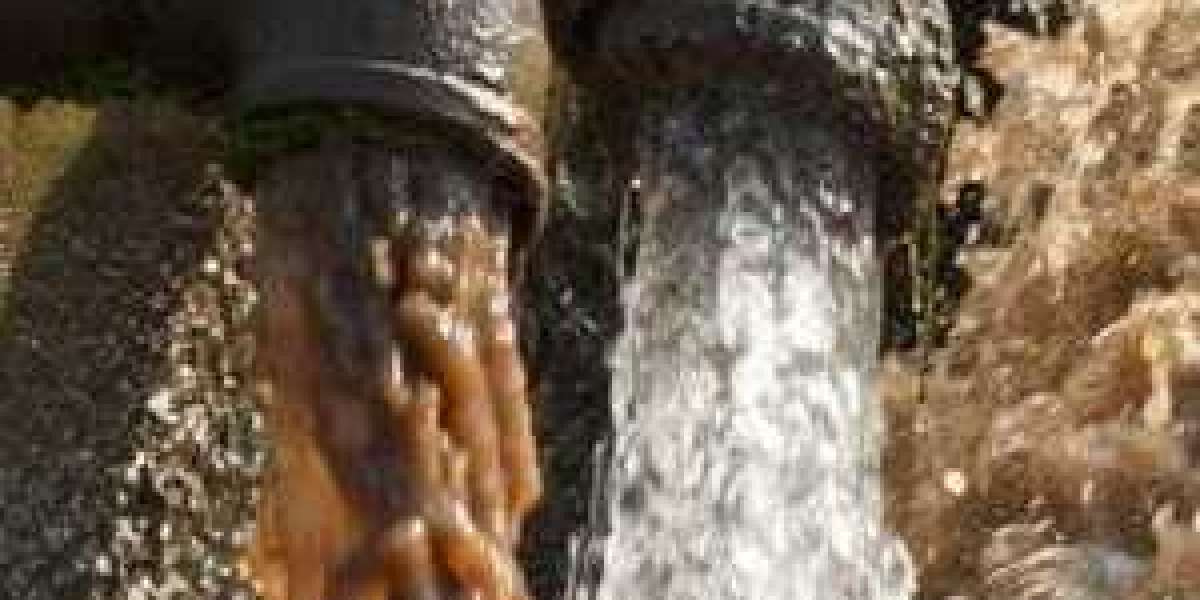By cleaning and purifying contaminated water before releasing it back into the environment, wastewater treatment plants (WWTPs) play a crucial role in preserving the equilibrium of our ecosystems. This vital process guarantees the preservation of natural resources, the protection of public health, and sustainable water management. We will delve into the complexities of the wastewater treatment process in this blog article, illuminating the steps and technology needed to turn wastewater into a useful resource.
Preliminary Treatment ➡️ Primary Treatment ➡️ Secondary Treatment ➡️ Advanced Treatment ➡️ Sludge Treatment and Disposal
Preliminary Treatment: Large debris and solids are removed during the preliminary treatment stage of wastewater treatment using techniques including screening and grit removal. Large materials like sticks, plastic, and rags are kept out of the treatment system by screens, while sand and gravel are taken out by grit chambers. By getting rid of these things, the treatment facility protects downstream machinery from harm and gets the water ready for other stages of treatment.
Primary Treatment: During the first stage of treatment, wastewater is introduced to these settling tanks. The water's velocity is decreased in this area, allowing suspended particles and heavy organic substances to sink to the bottom. The primary sludge, or settled solids, is collected and taken to sludge handling facilities for additional treatment. Primary treatment is efficient in eliminating a sizable amount of solids, but it is ineffective in getting rid of dissolved contaminants or pathogens.
Secondary Treatment: Secondary treatment focuses on the biological breakdown of organic matter in the wastewater. The most popular secondary treatment technique is activated sludge, which uses aeration tanks to break down organic contaminants using microorganisms. The growth of helpful bacteria that break down organic materials into carbon dioxide, water, and additional microbial biomass is supported by oxygen. The leftover suspended solids settle in secondary clarifiers after the aeration process, where they create activated sludge.
Advanced Treatment: When more purification is needed to satisfy strict water quality standards or specific reuse requirements, advanced treatment processes are put into place. These procedures can involve methods including filtration, disinfection, and chemical treatments, depending on the desired result. While pathogens and hazardous bacteria are eliminated by disinfection techniques like chlorination or ultraviolet (UV) irradiation, any leftover suspended particles are removed by filtration systems like sand filters or membrane technology. High-quality effluent that can be used for irrigation, industrial usage, or even direct potable reuse is produced thanks to advanced treatment.
Sludge Treatment and Disposal: A critical component of WWTP operations is the treatment of the sludge produced during the wastewater treatment process. Sludge is subjected to additional processing to lower its volume, stabilise its organic content, and get rid of pathogens. Dewatering procedures, aerobic digestion, and anaerobic digestion are frequently used sludge treatment techniques. After treatment, the resulting biosolids can be securely disposed of in conformity with environmental rules or used again as fertiliser or energy sources.
Conclusion: Wastewater treatment plants are crucial defenders of our ecosystems and water supplies. They use a complicated, multi-step procedure to ensure that toxins, germs, and pollutants are eliminated from wastewater, turning it into a useful resource. We can grasp the importance of WWTPs in keeping the delicate balance of our ecosystem, supporting sustainable water management, and safeguarding public health by comprehending the intricate details of the wastewater treatment process.
??? ????? ???????? ???. ???.
17 ????’? ?? ?????????? | 4700+ ???????? ?????????
Contact/WhatsApp - +91 8888889611
Email - [email protected]
Website - www.wteinfra.com
Search
Popular Posts








